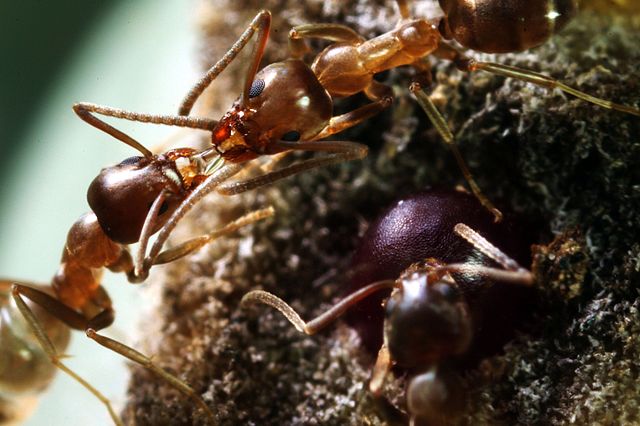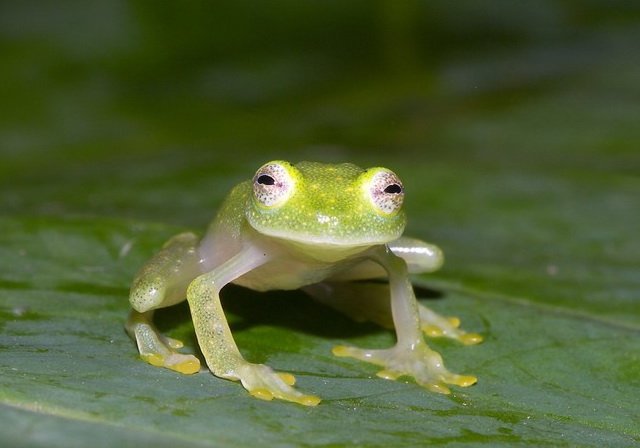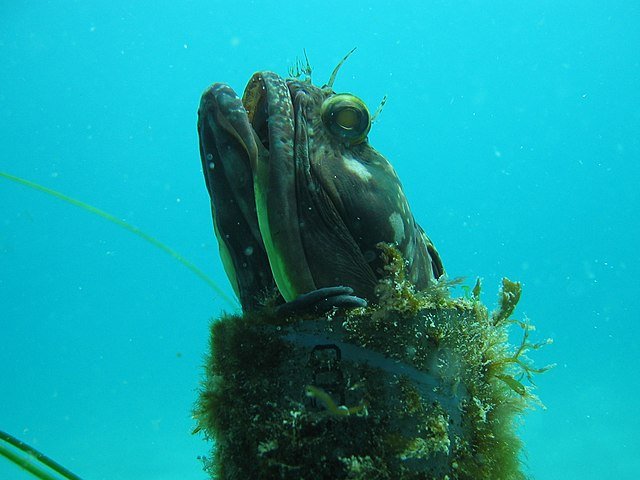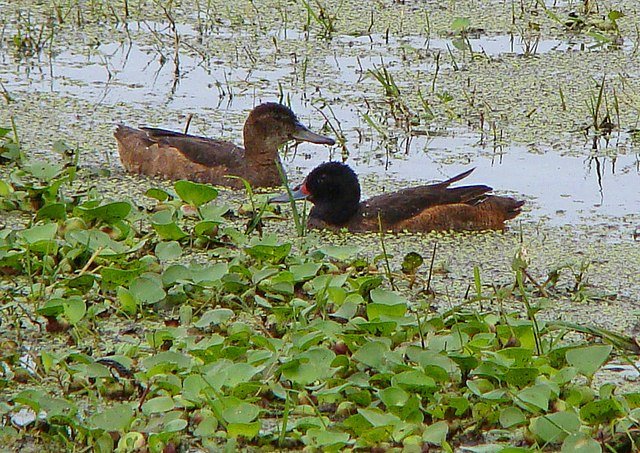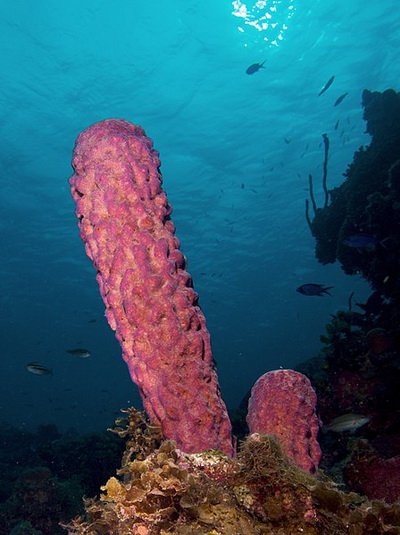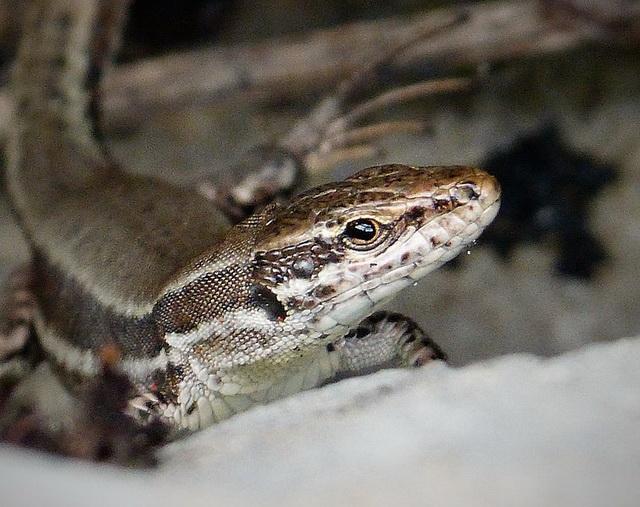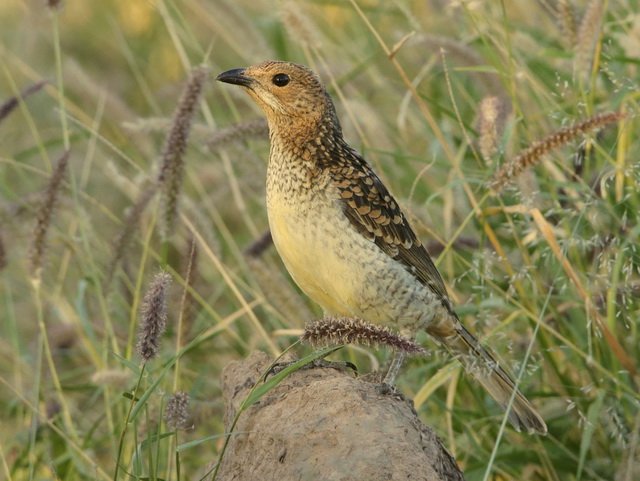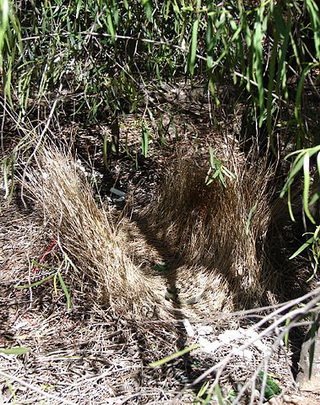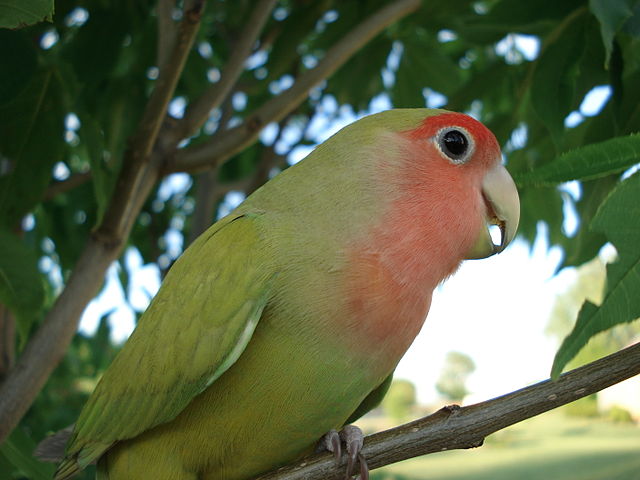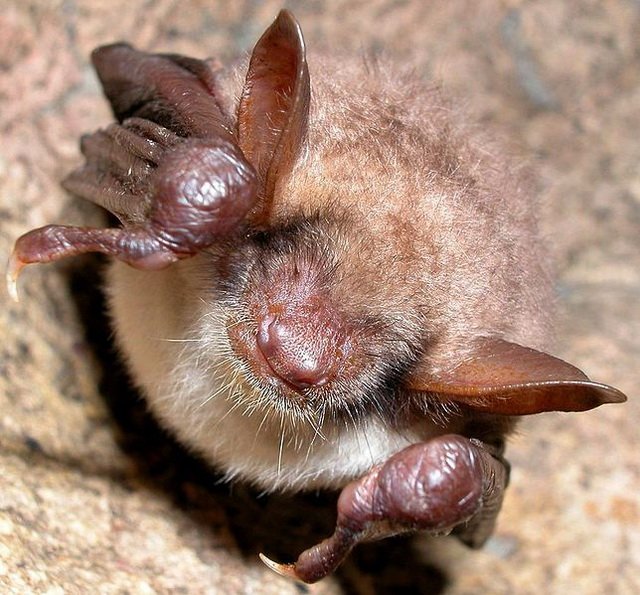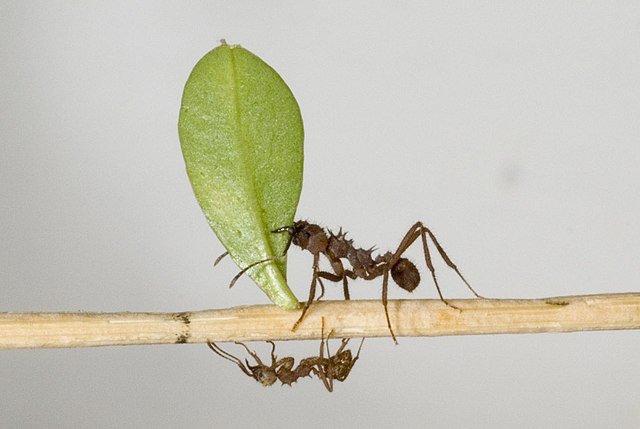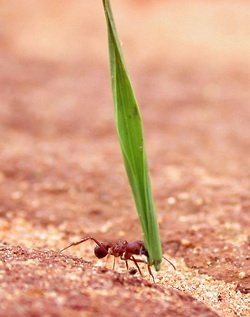Metarhizium fungus makes fewer victims
Ants defend themselves against disease-causing Metarhizium fungus by grooming off fungal spores from each other. Prolonged exposure to that cleaning behaviour makes the fungus less deadly, Miriam Stock and colleagues show.
Metarhizium fungus can quickly spread throughout an ant nest because the ants easily infect each other with fungal spores. But the animals take action to inhibit the pathogen. That does not leave the fungus unaffected, Miriam Stock and colleagues show with experiments.
To counteract the fungus, ants can disinfect nest and brood (eggs, larvae and pupae) with a mixture of formic acid, which they produce in a poison gland, and tree resin. In addition, a sick ant stays away from the brood and spends more and more time outside the nest so as not to endanger its nest-mates. And the animals keep each other clean. If spores of the fungus land on an ant, her nest-mates either groom off the spores, risking infection themselves, or spray them with formic acid.
New spores
These caring nest-mates should act quickly. The spores attach on the affected ant and germinate, after which nothing can be done anymore. The fungus penetrates the body to develop, eventually killing the ant. Then the fungus appears on the cadaver forming spores that make new victims in the next infection cycle.
Conducting experiments with the Argentine ant, Linepithema humile, Stock shows that timely care does indeed help; the presence of other ants reduces the chance that an ant dies after contact with fungal spores.
But, as it turns out, cleaning also causes changes in the fungus.
Metarhizium-fungus adapts
The trials consisted of series in which the Metarhizium fungus passed repeatedly via spores from a dead ant to a new victim. In half of these series, the infected ant was held isolated, in the other half she was accompanied by two nest-mates that could remove the fungal spores. Conducting a final test after ten infection cycles, the researchers allowed the fungus to infect either an isolated ant or an ant with company.
In the final test, fungal lines that had grown on isolated ants caused a lot of mortality among newly infected ants when they did not receive care from others. But fungal lines that had infected ants that were in company of other ants – that could groom them -, had changed. They formed twice as many spores, but nevertheless made fewer victims among ants they came into contact with, even if there were no nest-mates around to help. These fungal lines had become less deadly.
Essential component
And there was something else: the spores of those ‘social fungal lines’ were less well detected and removed by the ants. The researchers discovered that these spores produced less ergosterol; this is a compound that occurs in all fungi and that, apparently, arouses the ants. So, the ‘social fungus lines’ evade defence by the ants.
But this comes at a cost. Ergosterol is an essential component of the spore membrane. The fact that the ‘social lines’ have lower levels of this important component probably explains why they are less deadly.
So, grooming each other to remove Metarhizium fungus spores as ants do is useful in two ways. It works immediately if ants quickly remove spores from a nest-mate, saving her from death. And in the longer term, it makes the fungus less dangerous.
Willy van Strien
Photo: Argentine ants exchanging food. Davefoc (Wikimedia Commons, Creative Commons CC BY-SA 4.0)
See also: ants disinfect their nest with a mixture of resin and formic acid
Sources:
Stock, M., B. Milutinović, M. Hoenigsberger, A.V. Grasse, F. Wiesenhofer, N. Kampleitner, M. Narasimhan, T. Schmitt & S. Cremer, 2023. Pathogen evasion of social immunity. Nature Ecology & Evolution, online February 2. Doi: 10.1038/s41559-023-01981-6
Brütsch, T., G. Jaffuel, A. Vallat, T.C.J. Turlings & M. Chapuisat, 2017. Wood ants produce a potent antimicrobial agent by applying formic acid on tree-collected resin. Ecology and Evolution 7: 2249-2254. Doi: 10.1002/ece3.2834
Bos, N., T. Lefèvre, A.B. Jensen & P. D’Ettore, 2012. Sick ants become unsociable. Journal of Evolutionary Biology 25: 342-351. Doi: 10.1111/j.1420-9101.2011.02425.x
Chapuisat, M., A. Oppliger, P. Magliano & P. Christe, 2007. Wood ants use resin to protect themselves against pathogens. Proceedings of the Royal Society B 274: 2013-2017. Doi: 10.1098/rspb.2007.0531
